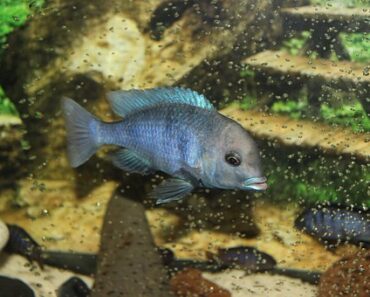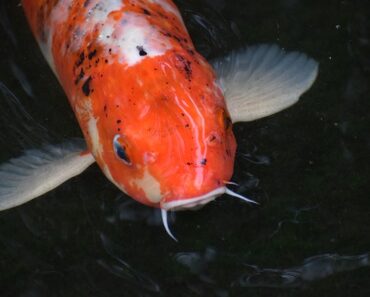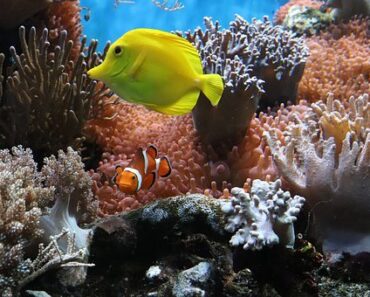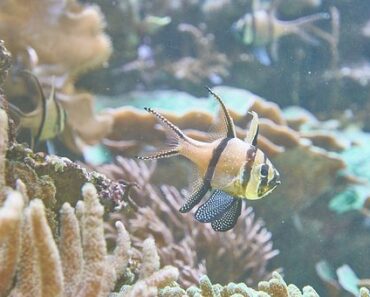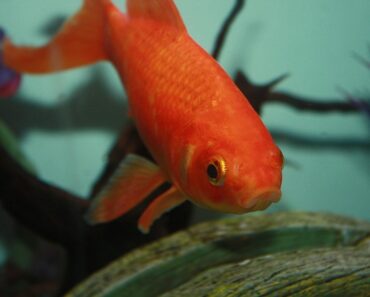
We talk about materials, decorations, sand, filters, but what is it really? Should we take the same material as the others or should we adapt them to our aquarium? Do we need fresh water or sea water?
So many questions that it is normal to ask oneself in order to offer future fishes well-being and comfort, as well as optimal functioning in the aquarium, whatever its size.
In order not to make too many mistakes when choosing and installing the first aquarium, here are a few tips that may provide a first outline of what else to do or not to do.
1/ Choose the population
For a first aquarium, it is very important to choose species that are easy to maintain and that will be able to adapt to the water parameters chosen by the user.
Even if the excitement is there at the beginning, you should not buy too many fish because the aquarium must be balanced, both in terms of the number of inhabitants and the flora as a whole. It is advisable to start with detritus feeders such as shrimp, hermit crabs, sea urchins, snails.
Then, the choice of fishes is made but it is necessary, there too, to wait two weeks between two introductions of species in the water because the balance remains fragile. It is necessary to choose first the most fragile fishes because they will not be able to “impose themselves” in the opposite case in front of more imposing fishes.
2/ Basic equipment
An aquarium is nothing without its equipment so that the whole unit works perfectly, so that the water is always clear and limpid and ideal for the fish, so that they are always in shape and can feed and even reproduce normally together.
Among all this equipment, perhaps the first to look at is the filter: it comes in different forms (suction cup, settling tank, external filter, etc.). Filtration plays an essential role in an aquarium because, on the one hand, it filters impurities and, on the other hand, it plays a biological role in the sense that it guarantees a perfect balance of the biotope within the aquarium thanks to bacteria useful for the degradation of organic matter released by the fish and plant debris. The filter will continuously oxygenate the water.
Then comes everything concerning lighting; it is imperative not to expose the aquarium to direct sunlight because this overflow of light will accelerate the proliferation of algae.
This is why a shady place will be preferred.
With the lighting (a system that works about every 10 hours), it is possible to reproduce a day/night cycle for the fish. Plants, too, will benefit from this light for their growth. Good lighting is considered to be 1 Watt for 2.5 liters of water.
Similarly, for heating, 1 Watt per liter of water is considered good lighting. It is highly recommended to opt for an immersion heater because it is very simple to use. The heating power depends on the species of fish and also on the ambient temperature of the room where the aquarium is located.
3/ The sand and the decoration of the aquarium
In fact it all depends on the type of aquarium: even if it is there as a decorative element and to stabilize the whole, you should try to create a slight slope going down towards the front of the aquarium to create relief. Sand is more often chosen than gravel because it often contains a mixture of peat and clay that will be useful for future plants, for the laying of some stones. There is coral sand, for saltwater aquariums, which helps to maintain the Ph of the water in a constant way and moreover, it is more aesthetic than other sands. The important thing, whatever the choice is, is to deposit the sand or gravel after the stones and plants have been put in place, the ideal being that these last elements rest on the glass of the tank, otherwise some fish (especially invertebrates) will dig in the sand and risk causing a small landslide of the whole.
Some plants should be included in the aquarium, but they should be selected from the easiest to maintain species, not requiring intense lighting or nutritious substrate.
The decoration is also part of the ingredients to be set up in the aquarium (not to mention that this decoration can camouflage possible wires and other cables): live stones, artificial plants, live plants (with robust plant species).
4/ The installation itself
A thin sheet of polystyrene (1 cm thick) of the same size as the glass at the bottom of the tank must be placed on the furniture that will receive the aquarium to prevent it from breaking, especially because of the weight of the aquarium.
Then, we install the material: we will install the different filters, the heating system, maybe a water pump and finally we will move on to the decoration (stones, roots) before placing the sand that will stabilize the whole.
After having installed these first elements, we will fill the tray and add the plantation: we put a bowl or newspaper at the bottom of the tray on which we will pour a first content of water and when we reach a certain height (generally 20 cm), we then add the vegetation. From time to time, it is necessary to step back to see the whole thing and correct small defects in the decoration, while continuing to fill the tray. Finally, after filling the bin, the lighting and the rest of the equipment is fixed if necessary. It is necessary to introduce the fish only 2 to 3 weeks after having installed the aquarium so that a certain “biological running-in” takes place and the roof is perfect to receive the future inhabitants.
5/ Setting up the first fish
First of all, turn off the light to avoid stressing the fish, let the plastic bag float for about 15 minutes so that the temperature of the bag is the same as the temperature of the aquarium, then gradually add water from the aquarium to the bag to avoid any thermal shock. After 20 minutes, the fish can be released into the aquarium and the aquarium can only be switched on again the next day to allow the fish to become accustomed to their new environment. To be technical, here are the recommended species for a first aquarium: guppies, platypus goldfish because they reproduce easily. Other fishes such as danios, characids can also be suitable.

